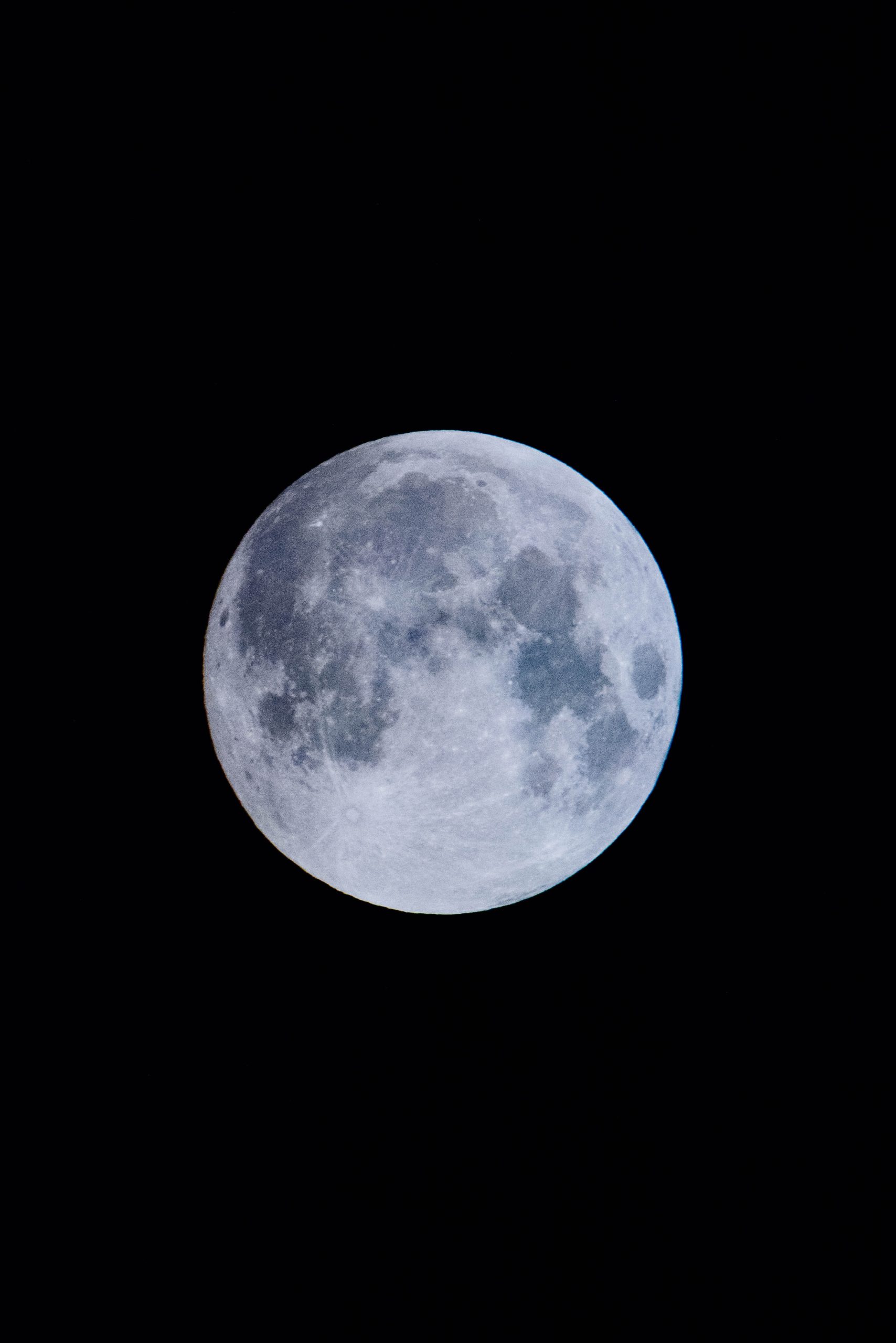What Is the Full Moon Called in March?
The full moon has captivated humans for centuries, serving as a celestial wonder that inspires both fascination and mystery. Each full moon carries its own unique name, harkening back to ancient cultures and traditions. March, known for transitioning from winter to spring in the northern hemisphere, holds a special name for its full moon. In this article, we will delve into the origin and significance of the full moon in March.
The Worm Moon
The full moon in March is commonly referred to as the “Worm Moon.” This name originates from Native American folklore, particularly the tribes from the northeastern part of the United States. These tribes closely observed the natural cycle of the seasons and named each full moon based on the natural events occurring during that time.
The name “Worm Moon” derives from the emergence of earthworms in the soil during this time of the year. As the ground begins to thaw, earthworms and other small creatures resurface, awakening from their winter hibernation. The tribes used this lunar event as an indicator to start preparing their fields for the upcoming planting season.
Other Names for the March Full Moon
While the Worm Moon is the most commonly known name for the full moon in March, various other cultures and regions assign different names to this lunar event. Let’s explore some of them:
| Full Moon Name | Origin |
|---|---|
| Sap Moon | Indigenous Peoples of northeastern North America |
| Crust Moon | Algonquin tribes |
| Chaste Moon | Medieval England |
| Death Moon | Neo-pagan tradition |
These names allude to different natural or cultural events occurring during March, providing insight into the diverse beliefs and traditions spanning various communities.
The Worm Moon’s Significance
While the March full moon holds cultural and historical significance, it also holds important astronomical and astrological implications. As the moon completes its orbit around the Earth, its position in the sky shifts relative to the zodiac constellations. Individuals devoted to astrology often associate specific traits and energies with each lunar phase and zodiac sign. The full moon in March falls under the zodiac sign of Pisces, which is said to enhance emotions, intuition, and spiritual connections.
Astronomically, the Worm Moon can also be of great interest to stargazers and astronomers alike. The full moon appears as a mesmerizing sight, easily visible to the naked eye. Its brightness illuminates the night sky, allowing for enhanced visibility of celestial objects and, in turn, serving as a source of inspiration for lovers of the cosmos.
How to Observe the Worm Moon
If you’re interested in observing the Worm Moon and immersing yourself in its ethereal glow, there are a few tips to make your experience more enjoyable:
- Check the lunar calendar: To determine the specific date of the Worm Moon each year, consult a lunar calendar or check online resources that provide accurate and up-to-date lunar information.
- Find an optimal location: Seek out a location away from light pollution, such as a park or a countryside area with minimal artificial lighting, to enjoy an unobstructed view of the full moon.
- Prepare your equipment: If you have binoculars or a telescope, make sure they are clean and ready for use. Additionally, consider bringing a tripod to stabilize your equipment, as it will provide better image quality.
- Dress appropriately: Depending on your location, March weather can still be chilly in some parts of the world. Dress warmly to ensure comfort during your moon-watching experience.
- Observe with a group: Consider inviting friends or joining a local astronomy club to share the experience. Not only will it enhance the social aspect, but knowledgeable individuals can offer insights and enhance your understanding of the lunar event.
Remember, the full moon in March, known as the Worm Moon, is a natural spectacle that connects us to age-old traditions, celestial wonders, and the marvels of the universe. Take the time to appreciate its beauty and embrace the profound significance it holds within both cultural and astronomical contexts.
Whether you’re a celestial enthusiast or simply find pleasure in connecting with nature, observing the Worm Moon can be a gratifying experience filled with wonder and a deeper appreciation for the world around us.
Table of Contents
